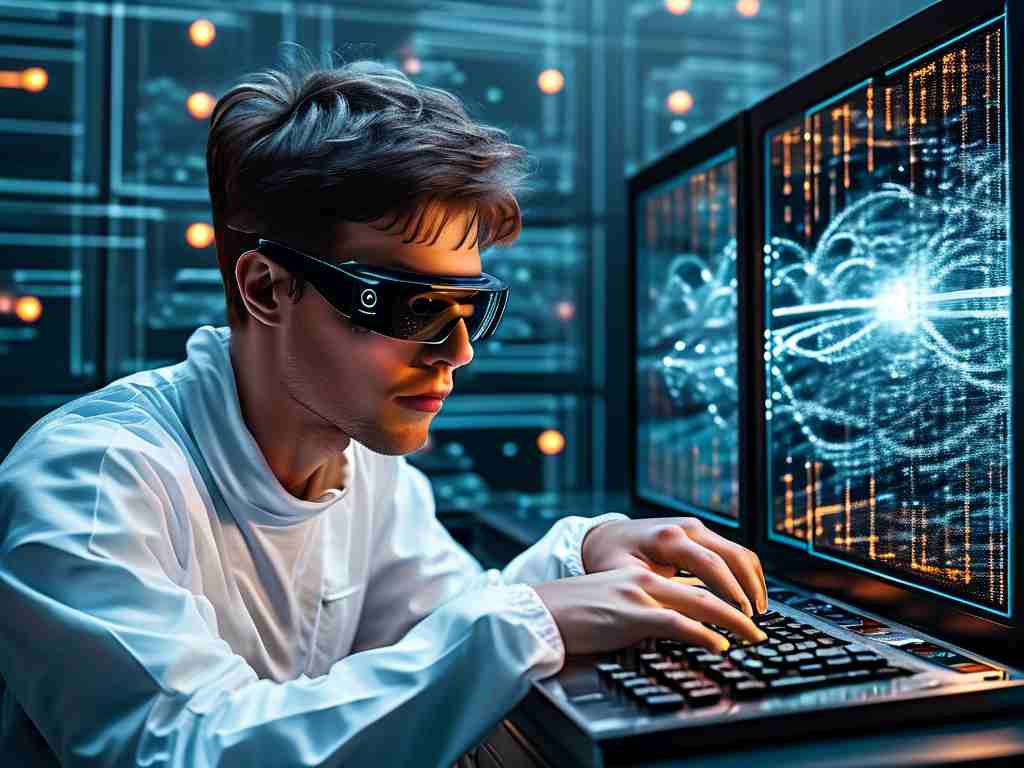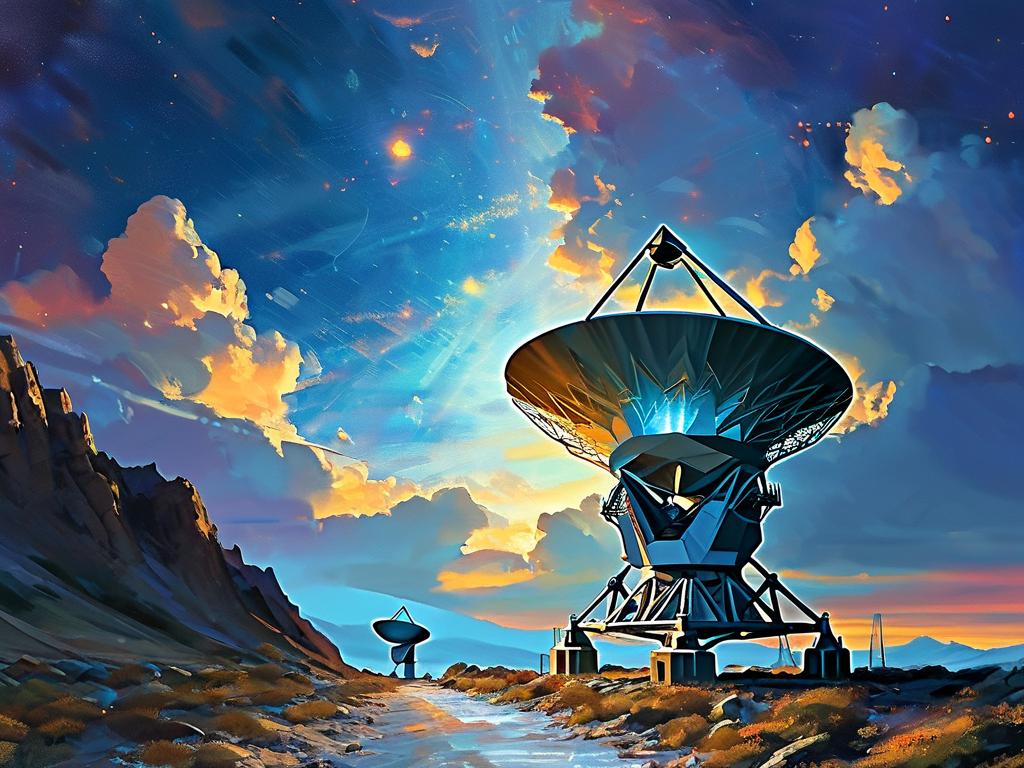In the rapidly evolving field of quantum science, the National Key Laboratory of Photonic Quantum Information Technology stands as a beacon of innovation. Established to address cutting-edge challenges in quantum communication, computing, and sensing, this laboratory has become a hub for interdisciplinary research, merging optics, materials science, and information theory. Its mission—to unlock the transformative potential of quantum technologies—has driven groundbreaking discoveries that are reshaping industries and scientific paradigms.

Pioneering Quantum Communication Systems
One of the laboratory’s flagship achievements lies in quantum communication. By leveraging the unique properties of entangled photons, researchers have developed ultra-secure communication protocols resistant to eavesdropping. Recent experiments demonstrated a quantum key distribution (QKD) network spanning over 1,200 kilometers, a milestone that pushes the boundaries of long-distance secure data transmission. Unlike classical encryption methods, which rely on mathematical complexity, quantum encryption exploits the fundamental laws of physics, making it inherently tamper-proof.
Dr. Li Wei, a lead scientist at the lab, explains: “Our work on satellite-based QKD has enabled real-world applications, from government defense systems to financial infrastructure. The next phase involves integrating these systems with existing telecommunications networks to achieve scalability.”
Advancing Photonic Quantum Computing
While quantum computing often focuses on superconducting qubits, the laboratory has adopted a photonic approach. Photons, as carriers of quantum information, offer advantages like low decoherence and compatibility with existing fiber-optic infrastructure. The team recently unveiled a programmable photonic chip capable of executing complex quantum algorithms. This device, no larger than a fingernail, uses silicon-based waveguides to manipulate photon states with unprecedented precision.
A notable breakthrough is the simulation of molecular interactions for drug discovery. By mapping chemical bonds onto photonic circuits, researchers accelerated calculations that would take classical supercomputers decades to complete. “This isn’t just about speed,” says Dr. Zhang Yu, a quantum optics specialist. “It’s about solving problems previously deemed intractable, from materials design to climate modeling.”
Quantum Sensing: Precision Redefined
Beyond communication and computing, the laboratory excels in quantum sensing. Utilizing squeezed light and entangled photon pairs, scientists have crafted sensors with sensitivities surpassing classical limits. One application is in gravitational wave detection, where the lab’s prototypes achieved noise reduction by 40% compared to conventional interferometers. Such advancements could revolutionize fields like seismology, medical imaging, and navigation.
A collaborative project with aerospace engineers has yielded a quantum-enhanced gyroscope. Tested in unmanned aerial vehicles, the device demonstrated sub-microradian accuracy, enabling autonomous systems to operate in GPS-denied environments. “This technology isn’t just for drones,” notes Dr. Chen Xia, a quantum metrology expert. “Imagine minimally invasive surgical robots guided by quantum sensors—it’s closer than people think.”
Collaboration and Future Directions
The laboratory’s success stems from its collaborative ethos. Partnerships with universities, tech giants, and international quantum initiatives—such as the EU’s Quantum Flagship—have fostered knowledge exchange. A recent memorandum with Tsinghua University established a joint training program for quantum engineers, addressing the global talent shortage.
Looking ahead, the lab aims to bridge the gap between theoretical research and commercialization. Pilot projects include a quantum-secured smart grid for urban power systems and a photon-based neural network for AI acceleration. Challenges remain, such as improving photon detection efficiency and reducing fabrication costs for photonic chips. Yet, as Director Prof. Wang Hao asserts, “Every obstacle is an opportunity. Quantum technology isn’t a distant dream—it’s unfolding here, now.”
In summary, the National Key Laboratory of Photonic Quantum Information Technology is not merely keeping pace with the quantum revolution; it is defining its trajectory. Through relentless innovation and cross-sector collaboration, the lab continues to transform abstract theories into tools that will redefine the 21st century.









